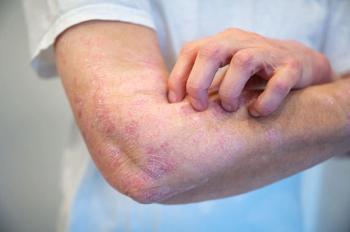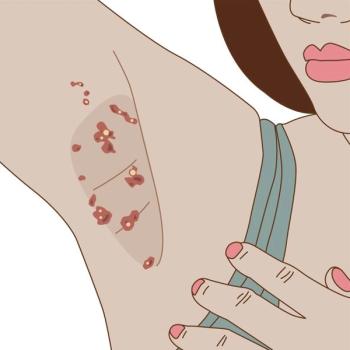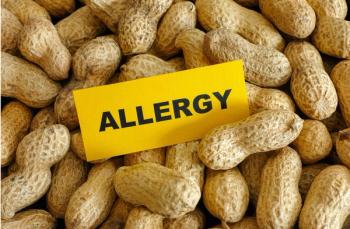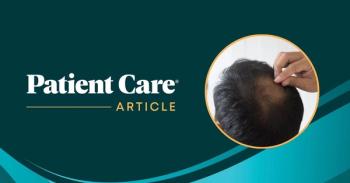
Mite and Other Bites: Debugging the Diagnosis
Bites from various bugs can resemble one another and cause symptoms similar to those of a variety of disorders. Test your knowledge in this week's photo quiz.
Question 1:
A 43-year-old woman had erythematous plaques on the cheeks that were more prominent on the right side. She had no pruritus but reported occasional facial burning. The rash had overlying scale and minimal papules. The diagnosis was demodicidosis, caused by the Demodex mite.
Question 2:
A 32-year-old man was worried about the recurring appearance of itchy red bumps on his feet and ankles.
Question 3:
A 26-year-old man had asymptomatic, erythematous, nonscaling plaques on the neck and upper back. He thought the lesions were most likely insect bites. A chest radiograph showed bilateral hilar adenopathy but no parenchymal disease. Pulmonary function test results were normal, as was the serum calcium level. The lesions cleared after oral administration of hydroxychloroquine.
Question 4:
For 5 days, a 68-year-old woman had been bothered by a painful swelling on her left cheek. She took a diuretic for mild hypertension. Amoxicillin/clavulanate therapy was started 2 days earlier. Possible diagnoses included brown recluse spider bite, herpes zoster, herpes simplex, sarcoidosis, and erysipelas.
Question 5:
A 25-year-old woman sought evaluation of an itchy lesion on her neck. Almost a year earlier, a similar lesion had occurred at the identical site after she had worked in the yard. Her physician had suspected rhus dermatitis and had prescribed a topical corticosteroid; the lesion had resolved. Now a diagnosis was made based on the vesicular lesion shown here.
Question 6:
This patient had traveled to a Third World country and been bitten by a mosquito. Clinical manifestations of her condition include a blanching, evanescent rash and peripheral edema. Acute infection is characterized by fever; headache; myalgias; and a subacute, bilateral polyarthralgia that typically affects the distal joints of the fingers, toes, ankles, and wrists.
ANSWER KEY:
Question 1. Answer: C
Question 2. Answer: A
Question 3. Answer: D
Question 4. Answer: E
Question 5. Answer: C
Question 6. Answer: A
Newsletter
Enhance your clinical practice with the Patient Care newsletter, offering the latest evidence-based guidelines, diagnostic insights, and treatment strategies for primary care physicians.






























































































































































































































































































































